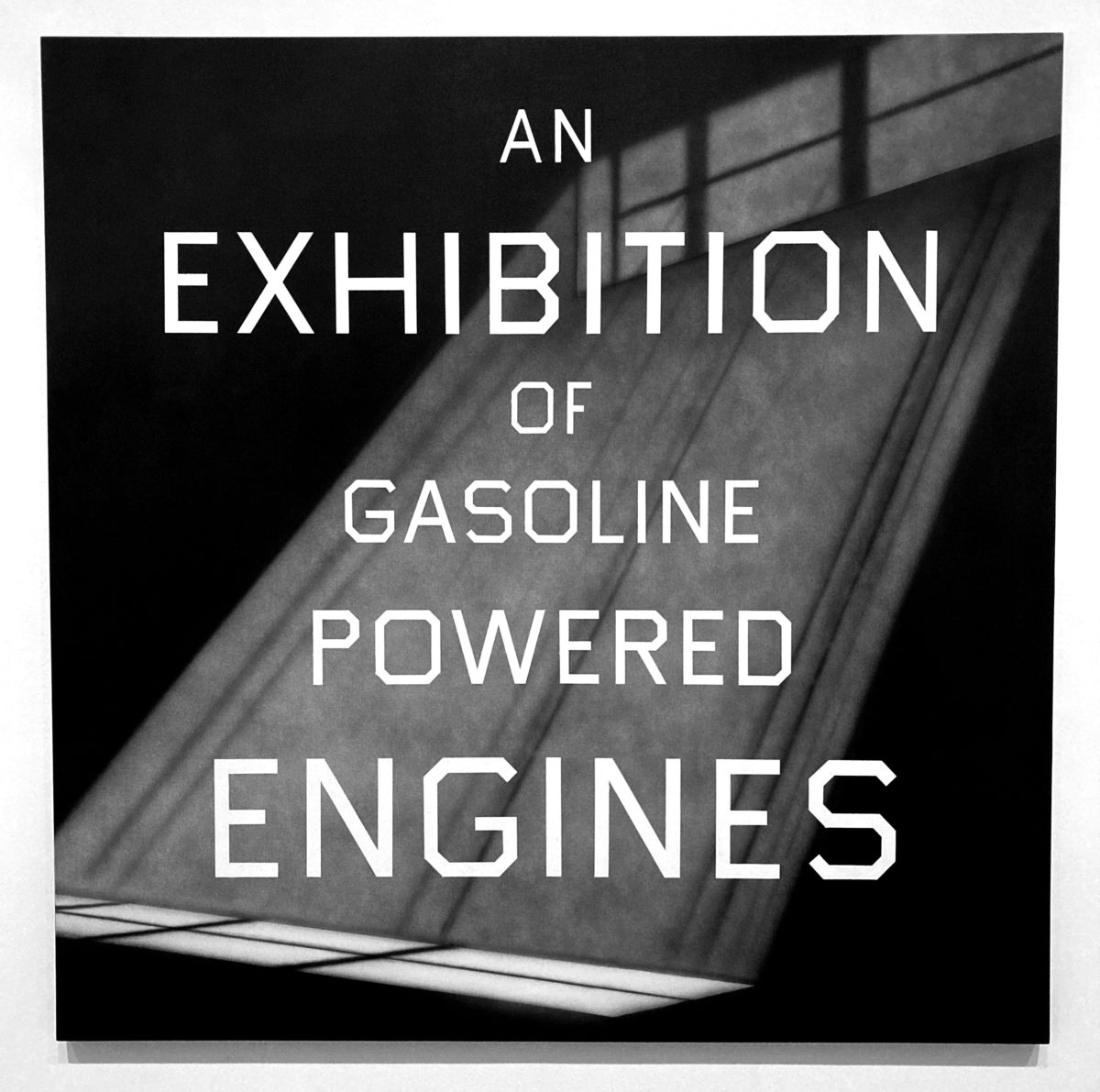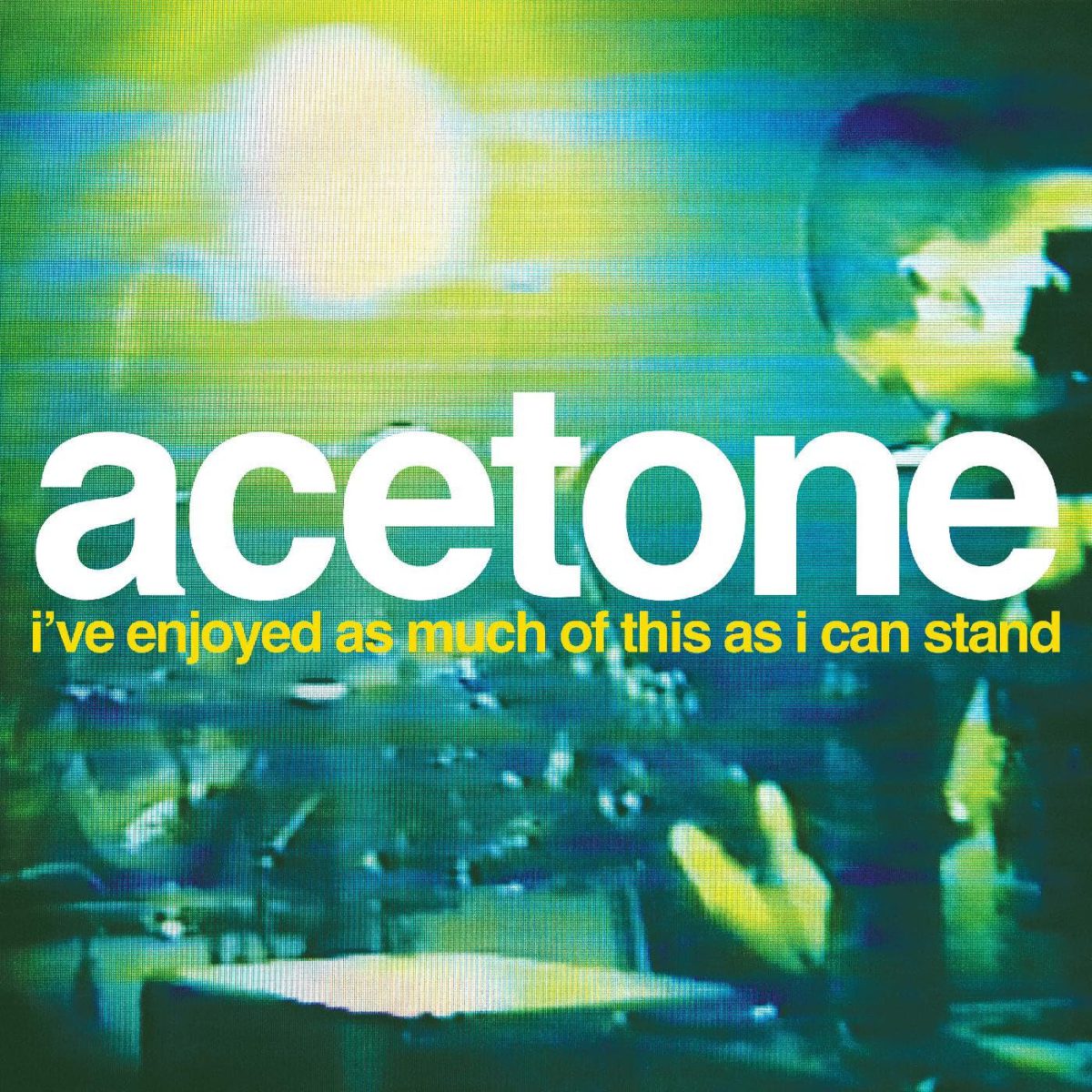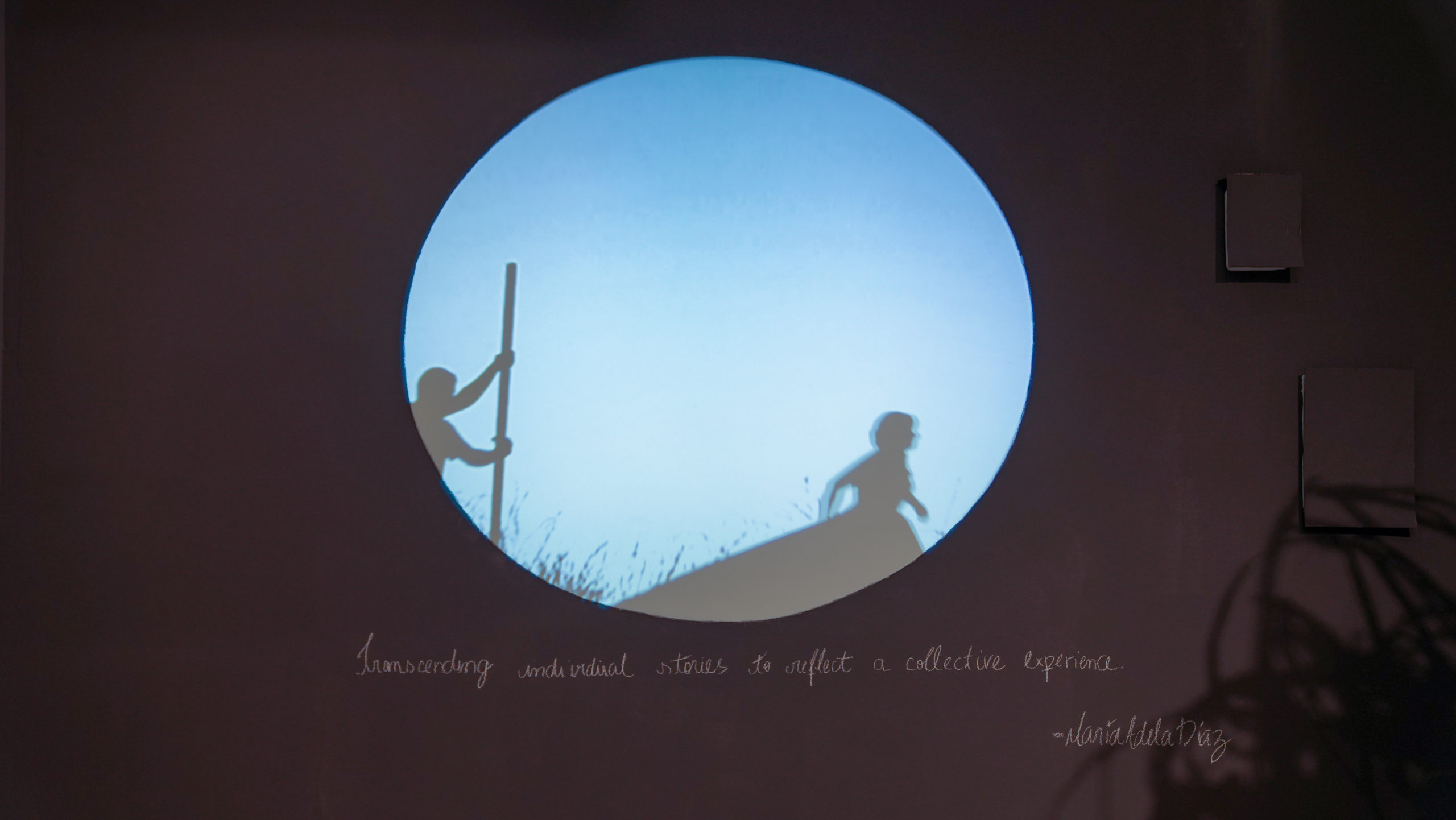Book Review—Dream State: California in the Movies
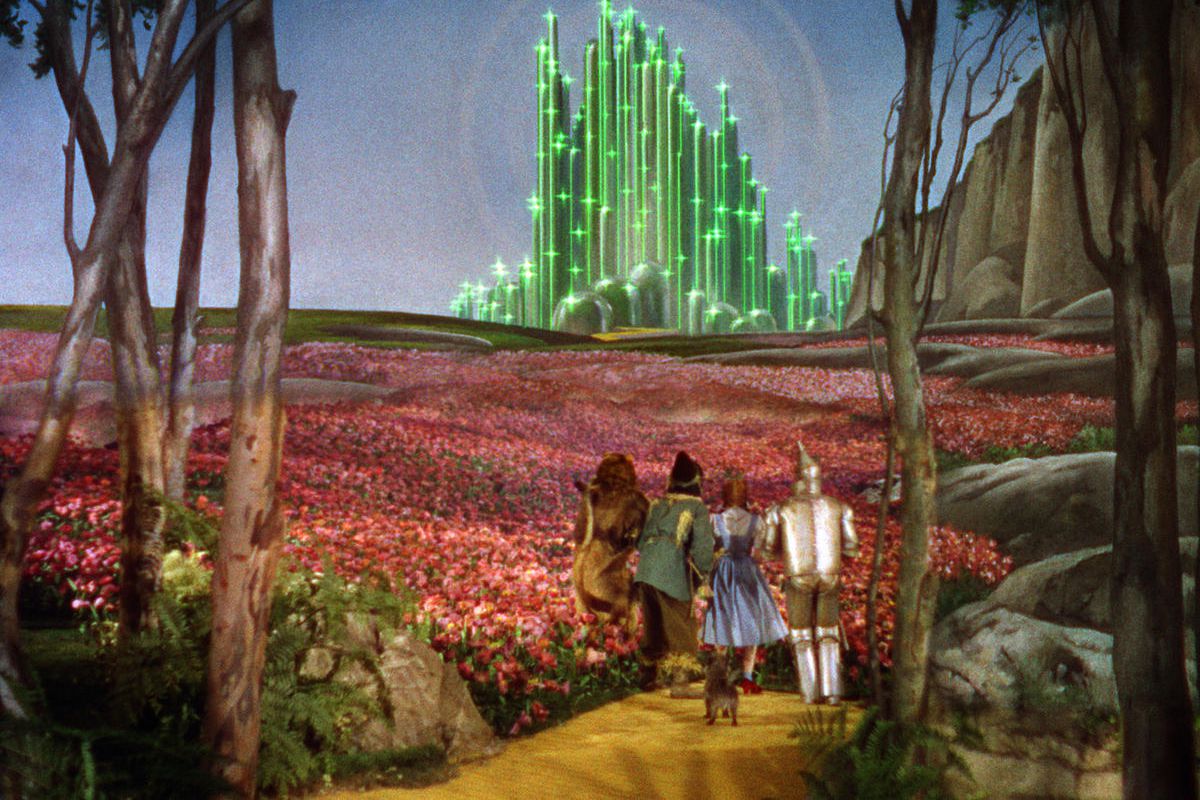
Dream State: California in the Movies
by Mick LaSalle
Heyday, $28.00
THE FIRST RULE of California criticism: pull no punches. “California as a state of being is aspirational, envious, driving toward something, often literally, always figuratively, and, in some fundamental way, never, ever getting there.” So Mick LaSalle, stalwart film critic for the San Francisco Chronicle since 1985, writes in his latest book, Dream State: California in the Movies, an expansive survey of California filmography. Even amid praise, there’s always a small cruel streak to New Yorkers’ assessments of the “Golden State,” and frankly, I don’t always blame them. But curiously, although LaSalle has been a California native for over three decades, Dream State—his first book in nine years—reads a bit like a New Yorker’s descent into the heart of darkness.
Having introduced himself with the requisite, all-caps-bold disclaimer “I GREW UP IN NEW YORK” and stated his purpose “[T]his is a book about two things, about the idea of California as depicted in the movies, and about California ideas that have made their way into the culture, through movies,” he declares: “The Wizard of Oz is a movie about Hollywood.” And he makes a strong case for it. While exploring Victor Fleming’s 1939 adaptation of L. Frank Baum’s pre-Hollywood (1900) novel, LaSalle unveils a mental blueprint to the Hollywood dream machine—from the guiding principles of wishful escape, fraudulence, deception, and deep, spiritual yearning, to the darker studio politics at MGM behind the production, and on to the creaky feel of the sets and the sweat-streaked faces of the overworked, ex-vaudevillians (Bert Lahr, Ray Bolger, Jack Haley) who play those unforgettable anthropomorphic renderings of misfits. With chilling, matter-of-fact efficacy, he renders—not only for the Oz story, but also the machinery that imposes itself like the backdrop of a big blue sky—the cloying desperation of it all to serve something vividly inspiring but, most importantly, lucrative.
From there, LaSalle ventures into chapters that deal with some particular tendency endemic to the “California picture”: the sweet and cruel bird of youth; California as spiritual wasteland; wartime Hollywood (with its sausage-thumbed depictions of the Japanese); noir (“Real noir is California noir”); natural disaster (“Imagine if every other British film saw Big Ben and Parliament getting trashed… if Italy had the Leaning Tower finally toppling… Now imagine all these movies happening again and again, for a period of years,”) among others.
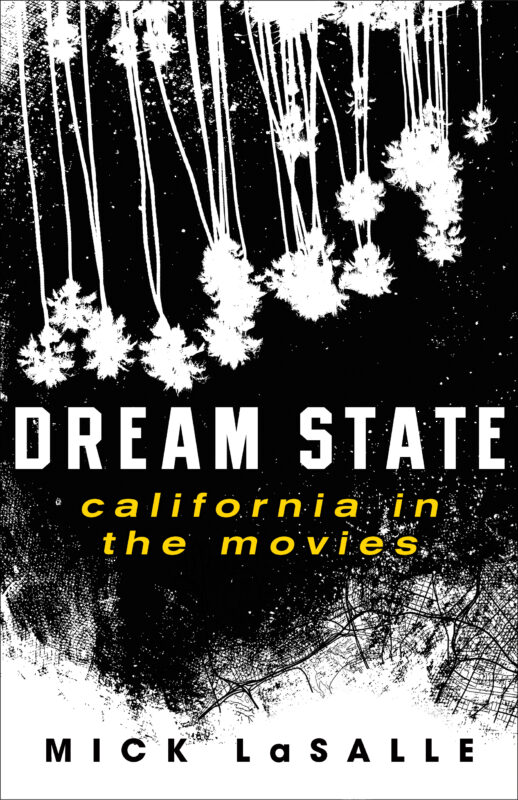
What is impressive is that while interpreting film after film of droptop convertible wisdom—or ruin—LaSalle doesn’t play loose and easy with his task. He carries the same amount of dedication into each analysis. It’s just that California is a good bit narcissistic, and the Hollywood machine—full of more grasping transplants grappling with a crisis of too much self-love, self-loathing, or both—can’t stop riffing about itself, not with all that money to be made exporting its glory and pity. His breadth makes the book a breeze to read if you’re a film buff. On fame alone (where California’s Gold Rush jackpot mentality opposes New York conceptions of fame and success as something hard won) he cites all of the following: Flashdance, Michael Clayton, Ella Cinders, Dinner At Eight, A Star is Born (all four versions and What Price Hollywood?), The Bad and the Beautiful, Ingrid Goes West, La La Land, Sunset Boulevard, Behind the Candelabra, Hardcore, Boogie Nights, and the inside-Hollywood sleeper Frances, lingering over a few or merely noticing others. Spanning the Jazz Age to Trump Americana, the earliest, Ella Cinders, is from 1926, the latest, Ingrid Goes West from 2017.
And yet, with so much on spiritual sickness, reinvention to the point of criminality, facile and flaccid notions of selfhood, etc., you’d be forgiven for a creeping sense that LaSalle hasn’t shaken his belief in New York as the nation’s True North from whence all children have strayed. I’m reminded of Shane Black’s underappreciated Los Angeles buddy cop comedy Kiss Kiss Bang Bang (2005), and I’ll go so far as to venture much of LaSalle’s lucid prose is devoted to a book-length expansion on Robert Downey, Jr.,’s unstoppably charismatic second-rate New York petty criminal Harry Lockhart’s proclamation: “I mean it’s literally like someone took America by the East Coast and shook it, and all the normal [people] managed to hang on.”
And California’s True North, like a Sunset Strip club promoter, has always been selling the idea that those colors are brightest out here.
It’s always nice when a New Yorker opens up to you, maybe in some dimly lit bar somewhere in LA that wouldn’t look out of place in Robert Altman’s 1974 California Split, with the straight dope. In Dream State, LaSalle saves a head full of steam for the book’s final three chapters: Noir. Disasters. Utopias. And it’s in the final chapter, on the subject of that very Californian strain of utopia, “the Sixties,” that LaSalle picks up on something Hollywood was into before Silicon Valley: the death of history and the end of time.
Ever since the advent of photography in the 1840s, LaSalle posits, history began to exist in black-and-white, and at a certain point the world of black-and-white began to signify something stilted, something rooted in time, limited. But all this changed with color in California:
The black-and-white cover of the Beatles’ Revolver (1966) was followed by the color cover of the Beatles’ Sgt Pepper (1967). Barbara Eden in I Dream of Jeannie was black-and-white in the beginning of 1966, then turned into living-color Barbara Eden in the fall of 1966.
This change plays itself into the iconography and mythology of the 1960s… the middle of the late Sixties sees an explosion of glorious color. This change, a technological thing, in retrospect feels as if it had a philosophical or attitudinal component, as if the moment of that switch had something to do with some extra exhilaration in the air. It’s as if a change had taken place in the world itself.
And how glorious. But the key here is the technological nature of the shift that renders the past obsolete. The world, colorized, is now. And California’s True North, like a Sunset Strip club promoter, has always been selling the idea that those colors are brightest out here.
Sixty years after it all began, “the Sixties” has become a mausoleum of beloved toys for the American cultural psyche and continues to be a supremely Californian cultural export. LaSalle considers three iconic music documentaries which recapitulate the birth, dissipation, and death of the era. It begins with D.A. Pennebaker’s 1967 cinema-verité work, Monterey Pop, about the Monterey International Pop Music Festival which took place at the beginning of the “Summer of Love.” Everything is vivid, harmonious. “The film instills a feeling … of some ideal distillation of values being possible.” Even though we know its lead firecrackers Janis and Jimi will soon be dead, any morbid implications are absolved because film here is being its magical, brazen varietal—a glue trap for images whose sole purpose is to keep the dead living, to bring them back on endless loops.
While the infamous Altamont Free Festival, likewise in California, is the natural bookend to Monterey, we are nevertheless temporarily rerouted 3000 miles east (and past a year of riots and assassinations) to Max Yeager’s farm, where Michael Wadleigh’s 1970 documentary, Woodstock, reveals the “dream” deferred (or plain sullied?):
Perhaps Woodstock, the idea goes, could be the model for a happy, peace-loving, beautiful society?
But really? This is a model? Hundreds of thousands of intoxicated people, unable to wash, all but sitting in their own slop, cheering for a series of aristocrats that swoop down to entertain them and leave? Meanwhile […] the slave classes clean out the Port-O-Sans? That’s sustainable as a societal model?
He’s particularly hard-bent on wrapping knuckles on the tacky, tie-dye superficiality of the Woodstock generation. By stopping to really look at that peace-love-&-shit fest, he attempts to assess the quality of the product the relentlessly self-mythologizing camerawork was selling. And rightfully, he’s none too impressed.
[T]his indictment of unnuanced thinking is particularly apt outside the cult of Hollywood, in a country increasingly splintered into dueling versions of history that are both imbued with the zeal of religious fanaticism.
“It’s as if everything that was spontaneous and irresistible two years earlier had solidified into a series of codified gestures that anyone could adopt,” LaSalle writes, which sounds eerily like the tech-corporate co-opted millennialism of San Francisco in the 21st century. In his blunt breakdown of the festival, it isn’t terribly hard to find an awful lot of Michael Lang (the impresario behind Woodstock) & Co’s “visionary” entrepreneurial spirit embedded in the idealistic tech-garble pumped out by the somewhat colder overlords of today. Their playbooks read similarly: highly flammable fodder for the imagination, the whimsical deployment of celebrity, a reliance on a naïve youth culture, and the exploitation of an underclass to keep things seamlessly afloat. Earlier in the chapter, LaSalle scores a palpable hit: “As the dream of every iconoclast who wants to find fellow iconoclasts who are iconoclastic in exactly the same way, California provides the ideal feeling of uniqueness and togetherness at the same time.” For my part I can’t help seeing signs pointing everywhere to Silicon Valley, where eager acolytes lap this kind of stuff up at TED Talks. LaSalle does eventually cut to Altamont, where it all officially ended—as captured in the Maysles Brothers’ unflinching Gimme Shelter (1970)—and where the Stones realize they’ll never get this down and dirty with our local –isms again (save for Jagger’s more true-to-self Studio 54 years). But what’s even more striking is that Charlie Manson’s merry band of bloodthirsty misfits had already made their mess a week prior to the Yeager dairy farm mud stomp.
“America,” LaSalle begins as the book ends, “is a judgmental nation. Not only do we create ideology where it isn’t, but we infer ideology into places where it simply is not present.” Maybe he’s remorseful for the earlier passage where he suggests that, ultimately, California lacks any culpability for its dissipations because it refuses to get “hung-up” by such concepts in the first place. No matter, this indictment of unnuanced thinking is particularly apt outside the cult of Hollywood, in a country increasingly splintered into dueling versions of history that are both imbued with the zeal of religious fanaticism. To think that technology has once more divided yesterday and tomorrow by bringing atomic (i.e. atomized and explosive) interpretations into multidimensional technicolor (now coming to a multiverse near you?) is an extrapolation so addictive it feels as though everything we’ve ever known was one of those crumbling, ash-heap worlds in Christopher Nolan’s Inception (2010), falling in on itself inside of Cobb’s mind like a stroke of Modernist poetry.
Which brings us to the Epilogue, in which LaSalle asks: Where does this all lead?
Probably nowhere bad. […] But however this plays out, this modern-day preoccupation with the self does seem in a line of succession from the California ideal as expressed through movies, and it should caution us as we extol, not without reason, the influence—indeed the triumph of the California ideal throughout the world.
Wait now, extol which ideal? The one that ignores the modus operandi that not only founded California, but also furnished it with the means to play the greatest hypocrisy of functioning hypocrisies in the wealth-besotted Western world? Look, I enjoy LaSalle’s wit and his expansiveness, the levity of his prose, and his deep appreciation for the artform. But the recovering New Yorker falls for the oldest trick in the Hollywood playbook. After 200 pages-worth of dissolution, dissatisfaction, spiritual malaise et al., he deploys that cornerstone of American culture: the happy ending.


